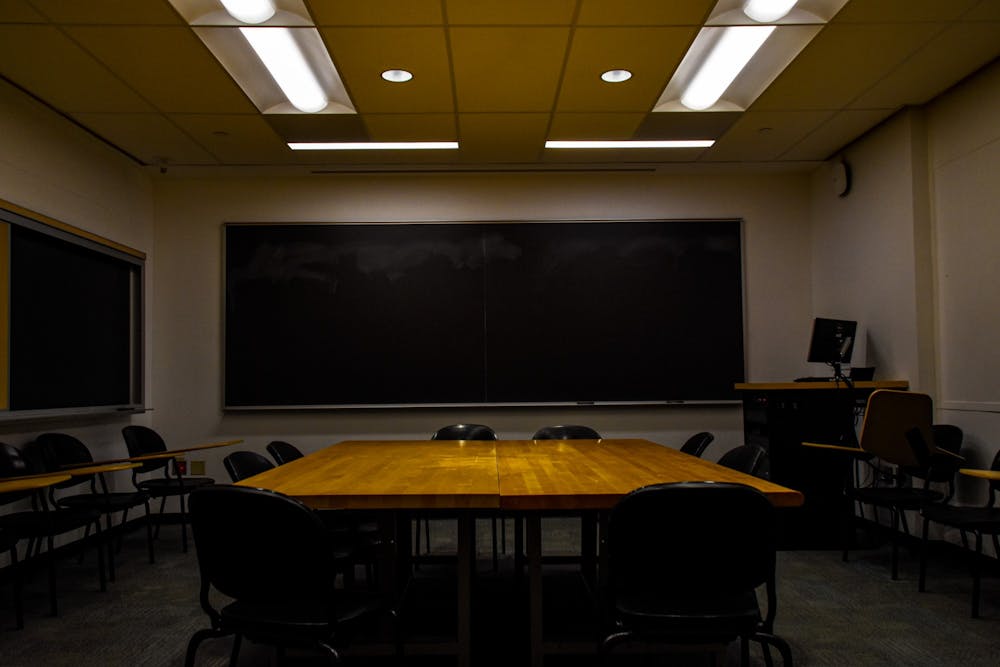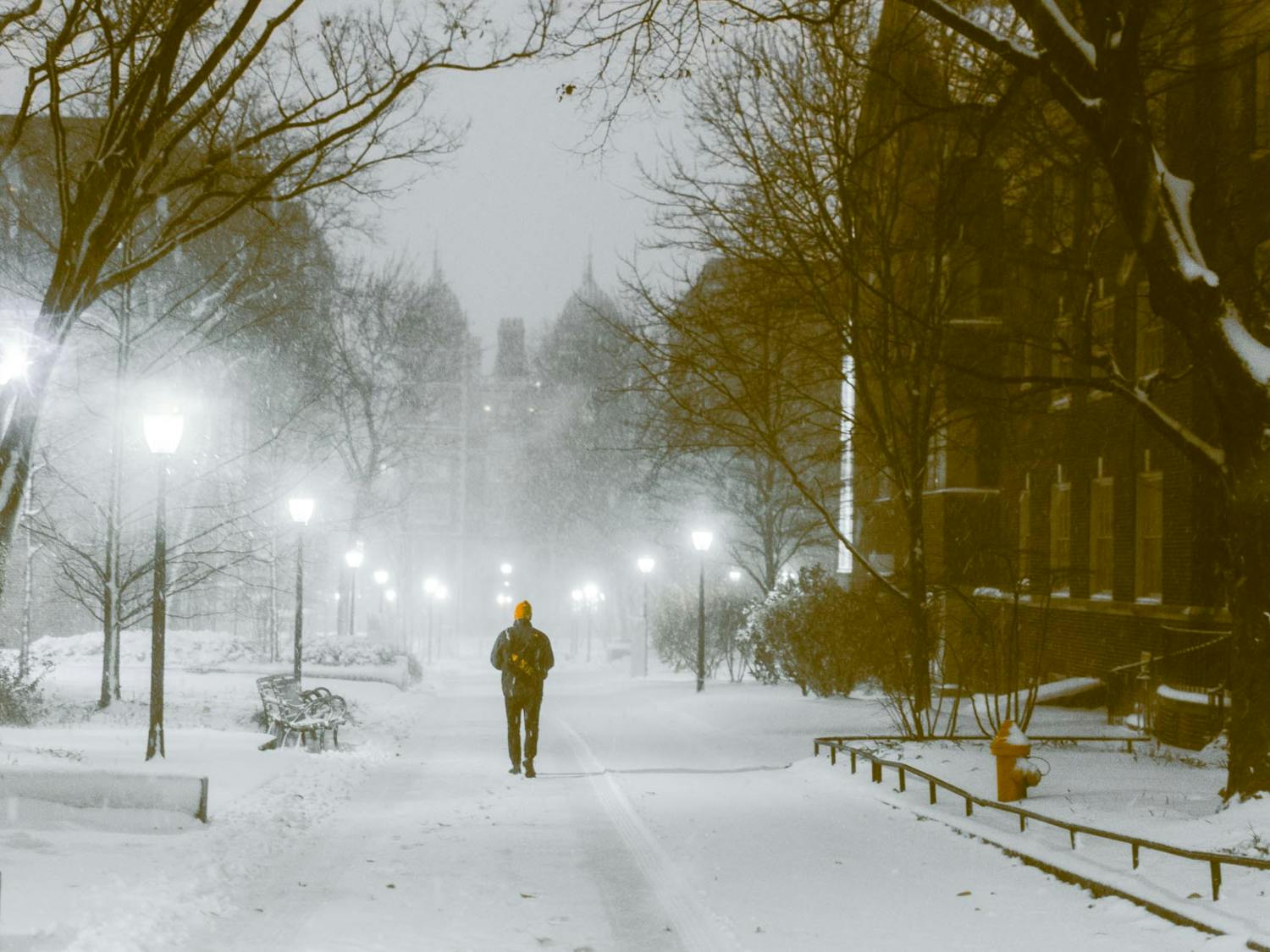Have you ever walked down Locust, hunkered down in a slightly damp jacket, dodging some freezing sleet, and stumbled into a basement classroom with no windows and flickering fluorescent lights that feel like they penetrate the depths of your brain? I have. I can tell you it is not a pleasant experience. Many of Penn’s classrooms and buildings feel outdated and stale, and often lack proper lighting, adequate space, and modern amenities.
Some may argue that there are more important issues facing our University than proper classroom design, but making learning areas more hospitable and welcoming would bring a huge improvement to the student experience.
University is difficult. It always has been and likely always will be, and there's no getting around that. However, depression rates amongst students around the country have risen over the past decade, with nearly 44% of college students experiencing depression. This has a massive impact on students’ performance as well, with 64% of college dropouts having dropped out due to experiencing mental anxiety or depressive states. Penn, while ranking best amongst the Ivy League, has a particularly poor record on mental health. A report by the Ruderman Family Foundation gave Penn a D+ mental health rating. While improving mental health support infrastructure is a necessity, improving the buildings and areas we learn in would have a significant impact as well.
I believe the benefits of these renovations are well worth the costs. Access to natural light, large windows, and high ceilings not only improves moods but also betters sleep quality and work performance. A lot of this psychology has to do with our natural instinct. Humans have spent the majority of our existence in wide open spaces without roofs or enclosures, and crucially, with constant access to natural light during the day. This is particularly important in locations which have dark winters, which Philadelphia does. Seasonal Affective Disorder, is a condition in which the darker months of the year lead people to have higher rates of depression and anxiety. Natural light also has a significant impact on sleep, improving both longevity and quality over time.
However, addressing these issues is by no means a simple task, nor a cheap one. Architecturally, many of Penn’s buildings are not built with access to natural light in mind. Particularly, brutalism, which is the style in which many of Penn’s buildings are designed, focuses on reducing costs by having fewer windows incorporated into its architecture. To rebuild or renovate these areas would require serious planning and time. This would also mean disruption for students and faculty. Serious renovations can take years to complete and cause knock–on effects beyond the building being renovated itself.
However, there are several reasons as to why these renovations would be worth the disruption beyond the benefits they would have for the student experience at Penn. First, updating dated buildings before they begin to have serious issues, think the Quad mold, is a good practice, especially in learning spaces and residential buildings. If done before absolutely necessary, the renovations can be staggered as to reduce disruption to daily life. Lastly, renovations could improve the environmental sustainability of many of Penn’s older buildings, bettering HVAC efficiency, insulation, and other green initiatives.
Considering Penn’s $20 billion dollar endowment, it is high time that the University invested in the student experience. It is not easy or cheap, but I would argue renovating and improving Penn’s learning spaces would have a huge impact on student life. The school should make a conscious effort to make sure that learning spaces are not just barebones utility rooms, but that they take into account the realities of life as a college student.
While many of Penn’s new buildings, such as Huntsman Hall and the Wharton Academic Research Building, take modern building principles into account, there are plenty of learning areas that require updates. Stitler Hall is a perfect example. It has basement classrooms, some of which have no windows at all. Ceilings are low and the building is unwelcoming and drab, both inside and out. Of course, there are limits to what can and should be done, but taking modern design theory into account could go a long way in helping students feel more welcome in the building.
Perhaps this proposal comes across as entitled or demanding, but if you are a student here, take a minute to think about it. How hard have you worked to get here? How many more hours will you spend studying and living on this campus? Penn has a history of under–allocating resources to mental health, and while classroom and living renovations are a small part of that, they would have a legitimate impact. Nor should Penn’s investment in the student experience stop at access to natural light. New gym spaces, areas with free amenities, and recreational centers are all valuable additions to improving everyday life at Penn.
Sure, these renovations would not solve everything all at once, but they would help make that dark Monday afternoon in the middle of February just a little better. And sometimes, a little better is what you need to get by.
OTTO PIASECKI is a College senior studying economics and diplomacy from New York. His email is oabp@sas.upenn.edu.









